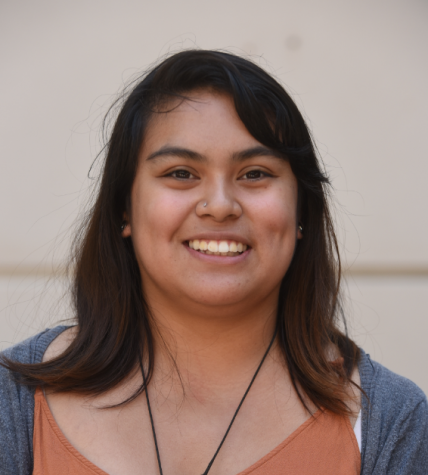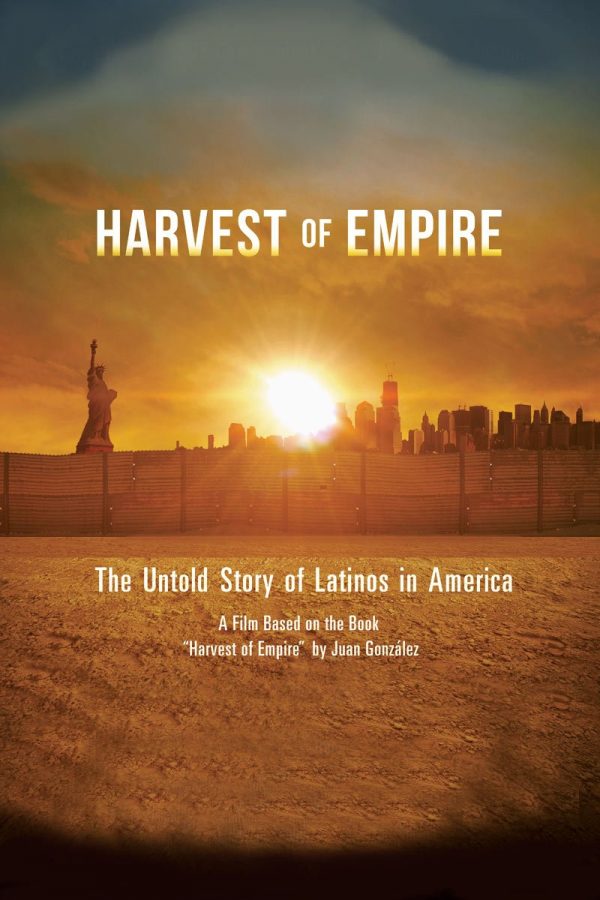The Untold Story of Latino-Americans
The provocative 2012 documentary film “Harvest of Empire” was featured at Glendale Community College this semester to open students’ eyes to injustices the world over during a special Latinx series of events. The film documents the history of Latinos before and after World War I.
In particular, it examines parts of Central and South America, with a special focus on Guatemala and Puerto Rico. “My colleague, Krysten Gonzalez, and organized the Latinx History Month event series this year and our vision for the month-long series has been to critically engage the GCC community in looking at the diversity of experiences throughout Latinidad in order to challenge stereotypes, build critical empathy and encourage solidarity among people from different backgrounds,” said Ziza Delgado, an ethnic studies instructor.
The film tackled how the largest fruit company had 600,000 acres of property. In the film, journalist Juan Gonzalez discussed how the United States never taught in school that the huge Latino presence in this country is a direct result of our own government’s actions against: Mexico, The Caribbean and Central America. As a result, approximately millions of people moved from their homelands to the United States.
“In times like these, we are reminded that the famous phrase, ‘America, a nation of immigrants,’ has many restrictions,” said Delgado in an emailed interview. “The film addresses lesser known moments in the nation’s history that make important connections between U.S. imperialism and the destabilization of democratically elected governments throughout the Caribbean, and Central and South America, and that continue to shape immigration patterns today. By teaching history that many are unfamiliar with we intend to humanize those most affected by these issues and build deeper understandings of the larger historical context of trends in migration and immigration today.”
During 1960s, the Guatemalan army began the systematic slaughtering of the Native Mayan population. This era was also known as “The Silent Holocaust.” The atrocities took place up until the early 1990s. “Children were often beaten against walls, or thrown alive into pits where the bodies of adults were later thrown; they were also tortured and raped,” according to the U.K.’s Peace Pledge Union. “Victims of all ages often had their limbs amputated, or were impaled and left to die slowly. Others were doused in petrol and set alight, or disembowelled while still alive.”
Violence led to Guatemalan Civil War which ran from 1960 to 1996. It was engineered by Guatemalan military dictator, General Efrain Rios Montt. In Guatemala, over 200,000 people were dead that and more than 5,000 went missing during that time because any Mayans that were opposed to Montt were killed with no hesitation, according to former Nobel Peace Prize winner Rigoberta Menchu Tum. Menchu speaks K’iche.’ That’s the Maya language of Guatemala. Menchú Tum is a female political activist from Guatemala. She won the Nobel Peace Prize for recognition of her work in social justice and ethno-cultural reconciliation based on respect for the rights of indigenous peoples, according to nobelprize.org.
Eduardo Lopez is an academy-award winning director who shot “Harvest of Empire.” He is known for making Spanish-language movies and famous television series, “Línea Directa.” Emmy-Award winning director, Peter Getzels also produced the film. He has worked for BBC, Channel 4 UK, ZDF, Canal, and Discovery Channel.
“As part of this series, we knew we wanted to have a film screening because film serves as a powerful form of storytelling, and analysis and discussion of media is a crucial pedagogical strategy as well as an important form of literacy necessary for all members of society to develop and improve,” said Delgado, noting that the film was their first choice “given the important and timely topic.”

Ellis Valdescona is 22 years old from the Philippines, but was raised in the Montebello/Mission Hills area. This is her second and last year here at Glendale...

